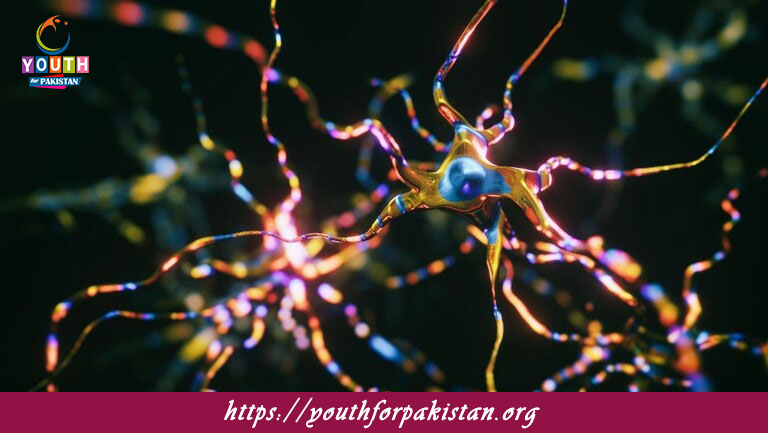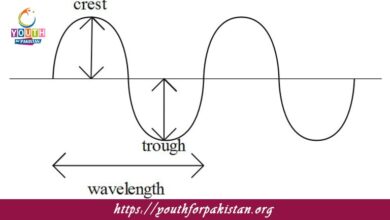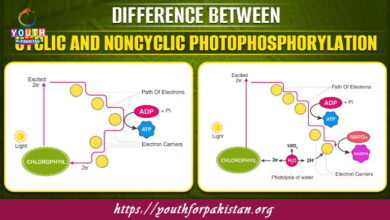Electrical Synapses MDCAT MCQs with Answers

Welcome to the Electrical Synapses MDCAT MCQs with Answers. In this post, we have shared Electrical Synapses Multiple Choice Questions and Answers for PMC MDCAT 2024. Each question in MDCAT Biology offers a chance to enhance your knowledge regarding Electrical Synapses MCQs in this MDCAT Online Test.
Electrical synapses are characterized by:
a) Transmission via neurotransmitters
b) Direct electrical coupling through gap junctions
c) Chemical signal transfer
d) Indirect ion exchange
The main structural feature of electrical synapses is:
a) Synaptic cleft
b) Neurotransmitter vesicles
c) Gap junctions
d) Synaptic vesicles
In electrical synapses, the transfer of ions between neurons is facilitated by:
a) Voltage-gated channels
b) Ligand-gated channels
c) Gap junctions
d) Calcium channels
The primary advantage of electrical synapses is:
a) Slow signal transmission
b) High signal fidelity and speed
c) Selective neurotransmitter release
d) Modulation of signal strength
Electrical synapses are commonly found in:
a) Skeletal muscles
b) Smooth muscles
c) Cardiac muscles
d) Neurons of the central nervous system
Which type of synapse allows for bidirectional communication between neurons?
a) Chemical synapse
b) Electrical synapse
c) Hormonal synapse
d) Mechanical synapse
The proteins forming the channels in gap junctions are called:
a) Connexins
b) Cadherins
c) Integrins
d) Desmosomes
The primary role of electrical synapses in neural circuits is to:
a) Increase synaptic delay
b) Provide rapid and synchronized transmission
c) Facilitate neurotransmitter release
d) Enhance signal modulation
Which feature is absent in electrical synapses compared to chemical synapses?
a) Synaptic cleft
b) Neurotransmitter release
c) Direct ion flow
d) Postsynaptic receptors
Electrical synapses are less common than chemical synapses in:
a) Invertebrates
b) Vertebrates
c) Cardiac muscle
d) Smooth muscle
In electrical synapses, the postsynaptic response is:
a) Always excitatory
b) Always inhibitory
c) Typically excitatory or inhibitory depending on the ion flow
d) Always dependent on neurotransmitter type
The synchronization of electrical activity in neural populations is primarily due to:
a) Chemical synapses
b) Electrical synapses
c) Neurotransmitter diffusion
d) Synaptic plasticity
Which type of synapse is particularly important in the coordinated contraction of cardiac muscle?
a) Chemical synapse
b) Electrical synapse
c) Hormonal synapse
d) Mechanical synapse
The immediate effect of electrical synapse activation is:
a) Neurotransmitter release
b) Direct ion flow between neurons
c) Synaptic vesicle fusion
d) Neurotransmitter degradation
Electrical synapses allow for the:
a) Slow and modulatory transmission of signals
b) Rapid and synchronized transmission of signals
c) Complex and variable response
d) Precise neurotransmitter binding
The gap junctions in electrical synapses are formed by:
a) Neuropeptides
b) Connexons
c) Neurotransmitter receptors
d) Synaptic vesicles
Which synapse type typically facilitates very fast reflexes?
a) Chemical synapse
b) Electrical synapse
c) Hormonal synapse
d) Mechanical synapse
Electrical synapses are more likely to be found in:
a) Sensory neurons
b) Motor neurons
c) Interneurons
d) Neurons involved in reflex arcs
In electrical synapses, the signal travels between neurons through:
a) Synaptic vesicles
b) Gap junctions
c) Neurotransmitter release
d) Calcium influx
Which type of synapse has the ability to synchronize the activity of multiple neurons?
a) Chemical synapse
b) Electrical synapse
c) Hormonal synapse
d) Mechanical synapse
Which synapse type is most commonly found in the nervous system of invertebrates?
a) Chemical synapse
b) Electrical synapse
c) Hormonal synapse
d) Mechanical synapse
The function of connexins in electrical synapses is to:
a) Facilitate neurotransmitter release
b) Form channels for direct electrical coupling
c) Degrade neurotransmitters
d) Store neurotransmitters
Which ion flux is typically involved in electrical synapse function?
a) Sodium
b) Potassium
c) Calcium
d) All of the above
In electrical synapses, the conduction of electrical signals is:
a) Unidirectional
b) Bidirectional
c) Dependent on neurotransmitter type
d) Influenced by synaptic vesicle release
The type of synapse that allows for very rapid communication and coordination of neural activity is:
a) Chemical synapse
b) Electrical synapse
c) Hormonal synapse
d) Mechanical synapse
Electrical synapses are found in which of the following tissues?
a) Skeletal muscle
b) Cardiac muscle
c) Adipose tissue
d) Connective tissue
The junctional structures that allow ions to pass between neurons in electrical synapses are called:
a) Synaptic vesicles
b) Neurotransmitter receptors
c) Connexons
d) Gap junctions
Which of the following best describes the speed of signal transmission in electrical synapses?
a) Slow and modulatory
b) Rapid and precise
c) Variable and delayed
d) Complex and regulated
In which type of synapse is the signal transmission typically very fast due to the direct flow of ions?
a) Chemical synapse
b) Electrical synapse
c) Hormonal synapse
d) Mechanical synapse
Which type of synapse allows for direct coupling of the cytoplasm between neurons?
a) Chemical synapse
b) Electrical synapse
c) Hormonal synapse
d) Mechanical synapse
The efficiency of signal transmission in electrical synapses is primarily due to:
a) Chemical messengers
b) Gap junctions
c) Neurotransmitter release
d) Synaptic vesicle recycling
Electrical synapses are most effective in:
a) Large neural networks
b) Small neural circuits
c) Hormonal signal transmission
d) Immune responses
The ability of electrical synapses to synchronize neuronal firing is due to:
a) Chemical transmission
b) Direct ion exchange
c) Synaptic vesicle release
d) Neurotransmitter diffusion
Which type of synapse is less modifiable and less plastic compared to chemical synapses?
a) Chemical synapse
b) Electrical synapse
c) Hormonal synapse
d) Mechanical synapse
The primary structural component of gap junctions is:
a) Neurotransmitter
b) Synaptic vesicle
c) Connexon
d) Calcium ion
Electrical synapses are important for:
a) Rapid signal propagation
b) Long-term signal modulation
c) Complex neurotransmitter release
d) Delayed signal transmission
If you are interested to enhance your knowledge regarding Physics, Chemistry, Computer, and Biology please click on the link of each category, you will be redirected to dedicated website for each category.





